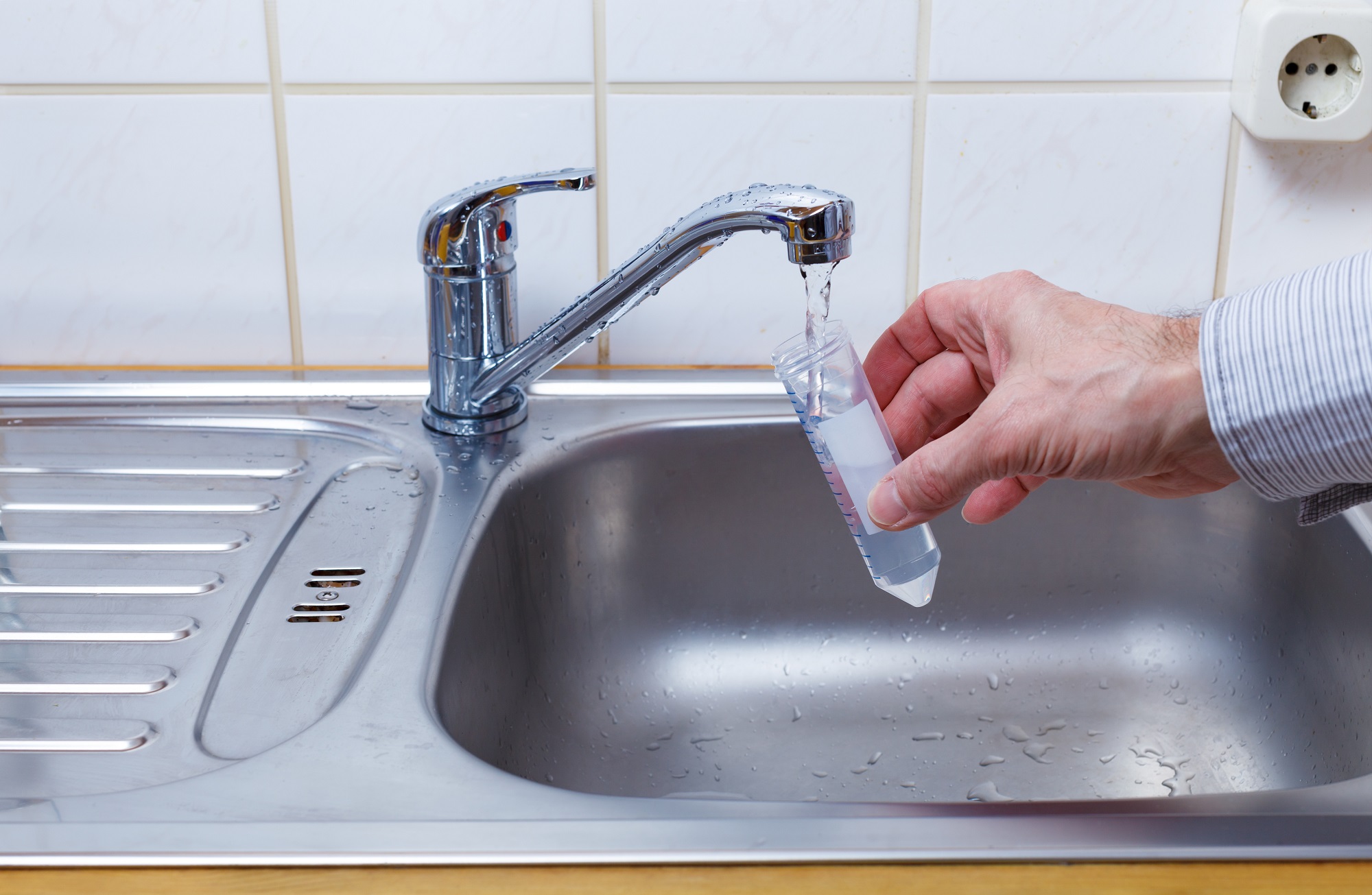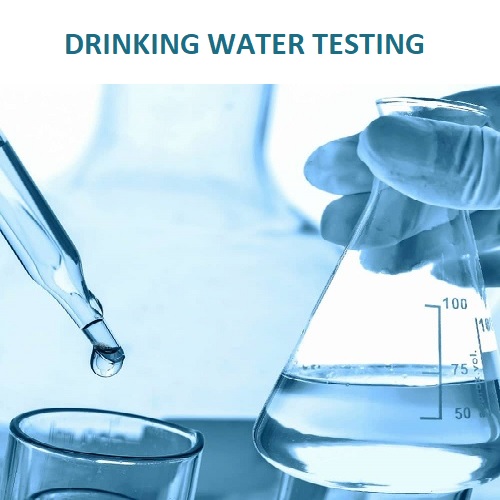Reliable Water Testing Services Near Me: Know What's in Your Water
Reliable Water Testing Services Near Me: Know What's in Your Water
Blog Article
Understand the Significance of Water Screening in Preserving Conformity With Wellness Standards
In the world of public wellness, recognizing the importance of water testing is vital for keeping conformity with stringent health standards established forth by authoritative bodies like the WHO and EPA. What are the precise techniques utilized in water testing, and exactly how do they make sure that our most vital resource remains unpolluted?
Trick Wellness Requirements for Water
Ensuring the security and top quality of alcohol consumption water is extremely important, as it directly affects public health. Strict health and wellness standards are developed to guard people from waterborne diseases and pollutants that can cause adverse health results. The World Wellness Organization (THAT) and national firms like the Epa (EPA) in the United States established standards and governing restrictions for different physical, chemical, and organic criteria in drinking water.
These requirements are based upon extensive scientific research and are regularly reviewed to integrate technological advancements and brand-new searchings for. Secret criteria include microbial contaminants such as microorganisms and infections, chemical toxins like lead and arsenic, and physical features such as turbidity and pH levels. Compliance with these standards guarantees that water is without damaging substances and is visually pleasing to the customer.
Water testing plays a crucial role in verifying compliance with these health standards. Regular surveillance and screening help recognize prospective issues prior to they present a significant health and wellness danger, enabling for timely intervention and removal. By complying with these criteria, water suppliers can maintain public self-confidence in the safety of the neighborhood's supply of water, thus protecting public health properly.
Typical Contaminants Discovered
When evaluating water high quality, what are the most common pollutants that tend to be found? Microbial microorganisms, including microorganisms like Escherichia protozoans and coli such as Giardia and Cryptosporidium, are frequently located in water resources, positioning substantial wellness threats if consumed.
Chemical contaminants are likewise a primary problem. Nitrates, frequently arising from farming fertilizers, can result in serious health problems, specifically in babies. Heavy steels such as arsenic, lead, and mercury, normally presented via industrial discharge or natural mineral deposits, can have long-lasting hazardous impacts. Unstable natural substances (VOCs) and chemicals, by-products of commercial tasks and farming methods, further contribute to water contamination.
Not natural substances such as fluoride and chlorine, although in some cases deliberately added to water for health benefits, can come to be bothersome at elevated levels. Last but not least, arising pollutants, including pharmaceuticals and individual care products, are significantly being identified, increasing issues about their possible effect on human health and wellness and ecological communities. Dealing with these contaminants is necessary for protecting public health and making sure water high quality conformity.
Methods of Water Testing
Water screening's accuracy is crucial for recognizing contaminants and making certain security conformity. One widespread strategy is spectrophotometry, which gauges the absorption of light by chemical substances in the water, therefore identifying elements like nitrates and phosphates.
Chromatography is one more advanced technique made use of, specifically for natural impurities. By dividing combinations right into specific parts, it permits thorough evaluation of intricate toxins. Gas chromatography and fluid chromatography are generally made use of versions, each fit for various substance types.
Microbiological testing is vital for finding microorganisms such as germs, viruses, and protozoa. Techniques such as membrane redirected here filtration and multiple-tube fermentation are used to society and determine microbial presence. These methods are critical in guarding public wellness by making sure microbial security.

Advantages of Routine Testing
Recognizing the different methods of water screening highlights the requirement of regular screening practices to maintain water top quality. Routine water screening offers as a proactive procedure to recognize potential pollutants prior to they rise into serious health and wellness threats. By regularly keeping track of water quality, organizations can detect contaminants such as bacteria, hefty metals, and chemical residues early, permitting prompt interventions that protect against carcinogen and expensive remediation efforts.

Additionally, normal screening ensures that water supply follow well-known wellness standards and policies. This compliance is important for avoiding lawful charges and keeping the trust of customers and stakeholders. Constant water quality evaluations help determine patterns or changes in water composition, giving important data that can guide functional choices and resource management methods.
In sectors such as local water supply, food, and medical care handling, keeping high water high quality requirements is important to safeguarding public health. On the whole, the advantages of routine water testing extend past compliance, boosting operational efficiency, public safety, and ecological stewardship.
Tips to Make Sure Compliance
To make certain compliance with water top quality policies, companies need to carry out an organized technique including both rehabilitative and preventative procedures. Originally, a thorough threat analysis must be carried out to determine possible contamination resources and vulnerabilities within the water system. This analysis notifies the development of a tailored water management strategy that outlines details checking protocols, regularity, and criteria needed to meet governing standards.
Subsequent to the preparation phase, organizations should establish a timetable for regular water screening that complies with both local and nationwide guidelines. Utilizing accredited labs makes sure the precision and integrity of examination outcomes. Any type of deviations from acceptable water quality standards should motivate immediate restorative actions, such as system cleansing, fixings, or changes in treatment processes.
Additionally, maintaining detailed records of all testing activities, outcomes, and check my blog restorative activities is vital for demonstrating compliance during audits and inspections. Regular training and updates for team entailed in water monitoring procedures are critical to guarantee they are aware of existing guidelines and best techniques.
Final Thought
Normal water testing is vital for keeping conformity with wellness criteria set by companies such as that and EPA. By identifying contaminants like microbial microorganisms, heavy metals, and chemicals, testing guarantees that alcohol consumption water stays safe. Proactive surveillance shields public wellness, supports governing conformity, and fosters self-confidence in water high quality administration. In addition, constant testing advertises environmental sustainability and safeguards areas, preserving essential view water sources for future generations. Compliance with these criteria is crucial for the well-being of culture.
In the world of public health and wellness, recognizing the significance of water screening is indispensable for keeping conformity with rigorous health criteria established forth by reliable bodies like the WHO and EPA. By sticking to these standards, water carriers can preserve public confidence in the security of the area's water supply, thus safeguarding public wellness properly.

In fields such as metropolitan water food, healthcare, and supply handling, maintaining high water top quality requirements is indispensable to protecting public health.
Report this page